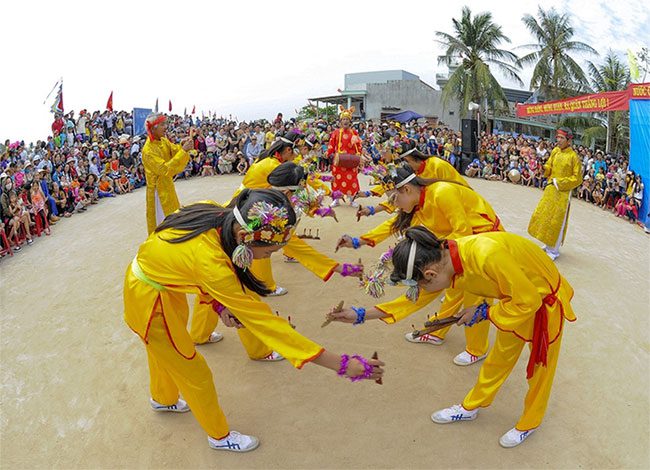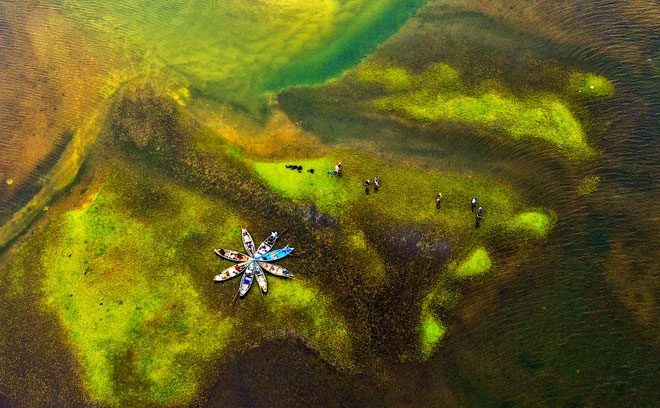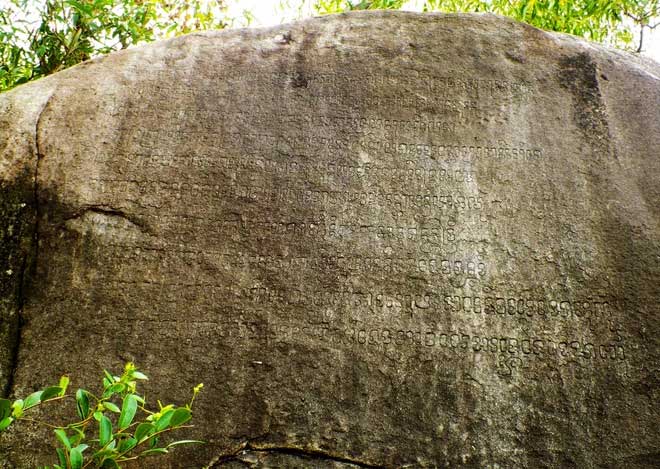The Sa Huỳnh culture holds unique historical significance, having developed in the Central region of Vietnam. The Prime Minister has officially designated it as a special national heritage site.

Fishermen’s Festival welcoming the New Year in Sa Huỳnh fishing village (Duc Pho Town, Quang Ngai Province). (Photo: Minh Hoàng).
On December 30th, the Prime Minister decided to classify the archaeological site of Sa Huỳnh culture (Duc Pho Town, Quang Ngai Province) as a special national heritage site.
Located about 45 kilometers south of Quang Ngai City, the Sa Huỳnh heritage complex (Duc Pho Town) is adjacent to National Highway 1 and the North-South Railway. The Sa Huỳnh cultural heritage complex consists of five sites, spreading over an area of 480 hectares, featuring many famous landscapes such as An Khê Lagoon, Phú Khương, Long Thạnh, Thạnh Đức, and the ancient village of Gò Cỏ, all distributed continuously across the lagoons, sea, and sand dunes of Sa Huỳnh.

An Khê freshwater lagoon, known as the heart of the Sa Huỳnh cultural heritage. (Photo: Minh Hoàng).
An Khê Lagoon is regarded as the heart of the Sa Huỳnh cultural heritage. In 1909, French archaeologist M. Vinet first discovered around 200 jar tombs along the Sa Huỳnh coastline, near the ancient village of Gò Cỏ.
This archaeological site is known as Dépot à Jarres Sa Huỳnh (Sa Huỳnh Jar Depot). Together with the Đông Sơn culture (North), Óc Eo culture (South), and Sa Huỳnh culture (Central), it forms the “three cradles of civilization” that create a cultural triangle in Vietnam.
The Sa Huỳnh Culture Exhibition Center has opened, showcasing and introducing numerous valuable artifacts and documents to both domestic and international visitors. Additionally, the Sa Huỳnh cultural space features the unique ancient village of Gò Cỏ.

The stone slab inscribed with ten lines of ancient Cham script (Sanskrit) in Gò Cỏ village, Sa Huỳnh. (Photo: Minh Hoàng).
This ancient village contains a stone slab inscribed with ten lines of ancient Cham script (Sanskrit). Additionally, it preserves the historical remnants of temples and 11 ancient wells, as well as the ancient paths of the Cham people, which have existed for hundreds of years, along with customs that reflect the unique characteristics of Sa Huỳnh culture over 3,000 years ago.














































